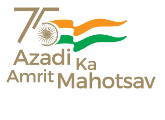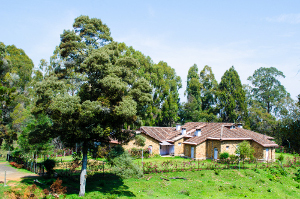
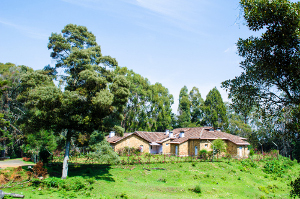
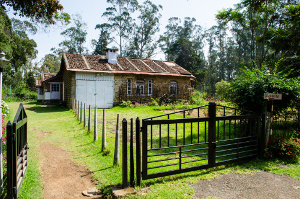
The Observatory has arranged a popular Astronomy museum on campus for the visitors. It is located 400m from the main gate. The displays are mainly pictorial, supported by a few telescope models. A live solar image and the Fraunhofer spectrum can be seen here depending on the observing conditions. It is open for all seven days including Govt. Holidays between 9:30 to 12:00 hrs and 14:00 to 16:30 hrs. Night Skywatch is also available from 6:30 pm to 7:30 pm.
A astronomy museum on campus displays include Astronomy posters, Movies, with few models,and a live solar image and the display of Fraunhofer spectrum.
The poster section of the museum displaying more than 20 Posters on various aspects of Sun and Astronomy in general
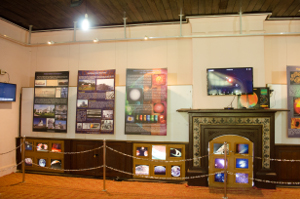
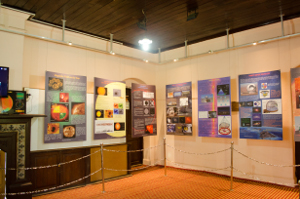
Coelostat
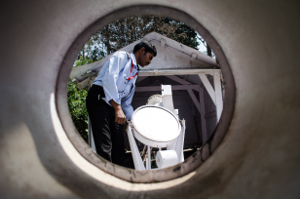
The device consisting of a flat mirror that is turned slowly by a motor to reflect a portion of the sky continuously into a fixed telescope. The mirror is mounted to rotate about an axis through its front surface that points to a celestial pole and is driven at the rate of one revolution in 48 hours.
Tree Rings and Solar Cycles
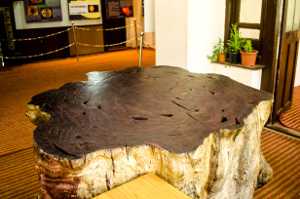
A.E. Douglas, who started the tree ring laboratory at the University of Arizona, discovered that tree rings from the years of the Maunder Minimum were remarkably even. He began to search for proof that the sunspot cycle causes changes in the weather on the Earth. Though to date, not enough evidence from tree rings has been collected to prove or disprove a connection.
Evershed Effect
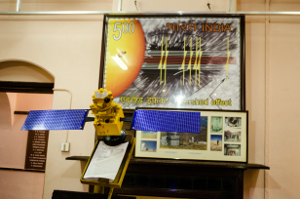
The discovery of Evershed Effect in 1909 at the Kodaikanal Observatory is one of the major findings made in solar physics from Indian soil. ( This was in fact the first astrophysical observation of interaction between plasma and magnetic field and has played an important role in our understanding of the physical properties of sunspots and the evolution of solar activity).

